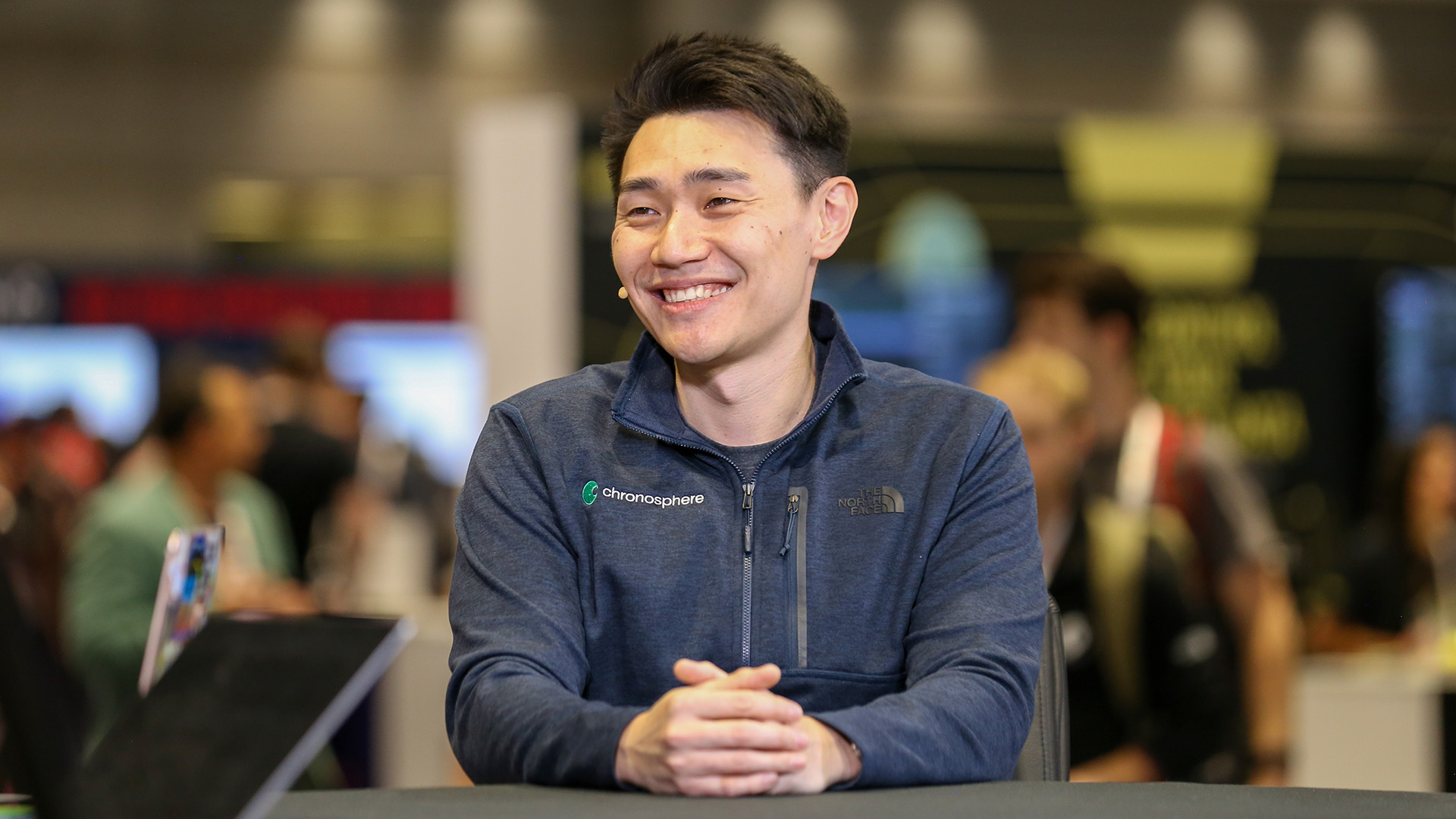 CLOUD
CLOUD
 CLOUD
CLOUD
 CLOUD
CLOUD
As companies continue being cloud-native, developers are drowning in data, and this is significantly compromising their productivity.
Chronosphere Inc. is addressing this pain point with Chronosphere Lens, which analyzes all of the raw observability data “underneath the covers” and then extrapolates insights and knowledge from that raw data. Later on, Chronosphere Lens presents this information to the developer in a problem-solving context, according to Martin Mao (pictured) co-founder and chief executive officer of Chronosphere.
“Chronosphere Lens is a new and more effective way for developers to interact with observability data,” Mao explained. “We found it to be far more effective … for Chronosphere customers. They’re finding that they’re reducing their SEV 0 and SEV 1 incidents by about 75% or so. It’s a lot more effective approach to solving the problem than the standard. The problem with a single pane of glass is there’s so much data these days, just seeing all of it in one place is actually not that useful.”
Mao spoke with theCUBE industry analysts Savannah Peterson and Rob Strechay at KubeCon + CloudNativeCon NA, during an exclusive broadcast on theCUBE, SiliconANGLE Media’s livestreaming studio. They discussed the need for enhanced cloud-native observability and how Chronosphere fits into the picture. (* Disclosure below.)
Once enterprises set foot in a cloud-native environment, they experience exponential data growth, and this escalates observability costs. Chronosphere’s Control Plane comes in handy because it enhances performance and significantly slashes observability bills, according to Mao.
“What we find is that when a company adopts cloud-native, what they see is on average a 12.4X increase in the volume of data that’s being produced,” he said. “I want to spend money only on my valuable use cases, so how do I go and match those two things together and make sure I only spend money on my valuable use cases? We’re able to do that through a feature called the Control Plane in Chronosphere, and on average, our customers are optimizing their data about 60%.”
Based on the buzz in the generative artificial intelligence field, Chronosphere takes a different approach when dealing with observability, because public models are not well suited for this objective since they are not built on company’s data, Mao pointed out. As a result, Chronosphere integrates the visual interface because chat is not a good fit for the observability use case, given that questions are asked proactively, he added.
“If you think about observability, what you want to know is, ‘What are the issues with my system?’” Mao said. “The public models are not trained on your company data, so they’re not quite as effective. We started down this path … which is analyze the raw data and build, not quite a vector database, but a knowledge graph on top of the raw data. Perhaps text interface is not the best; you really want it as a visual thing of like, ‘This is what’s wrong, and let me show you what’s wrong there.’ What we found is actually Lens is a much more effective way of presenting that information.”
Here’s the complete video interview, part of SiliconANGLE’s and theCUBE’s coverage of KubeCon + CloudNativeCon NA:
(* Disclosure: Chronosphere Inc. sponsored this segment of theCUBE. Neither Chronosphere nor other sponsors have editorial control over content on theCUBE or SiliconANGLE.)
Support our mission to keep content open and free by engaging with theCUBE community. Join theCUBE’s Alumni Trust Network, where technology leaders connect, share intelligence and create opportunities.
Founded by tech visionaries John Furrier and Dave Vellante, SiliconANGLE Media has built a dynamic ecosystem of industry-leading digital media brands that reach 15+ million elite tech professionals. Our new proprietary theCUBE AI Video Cloud is breaking ground in audience interaction, leveraging theCUBEai.com neural network to help technology companies make data-driven decisions and stay at the forefront of industry conversations.